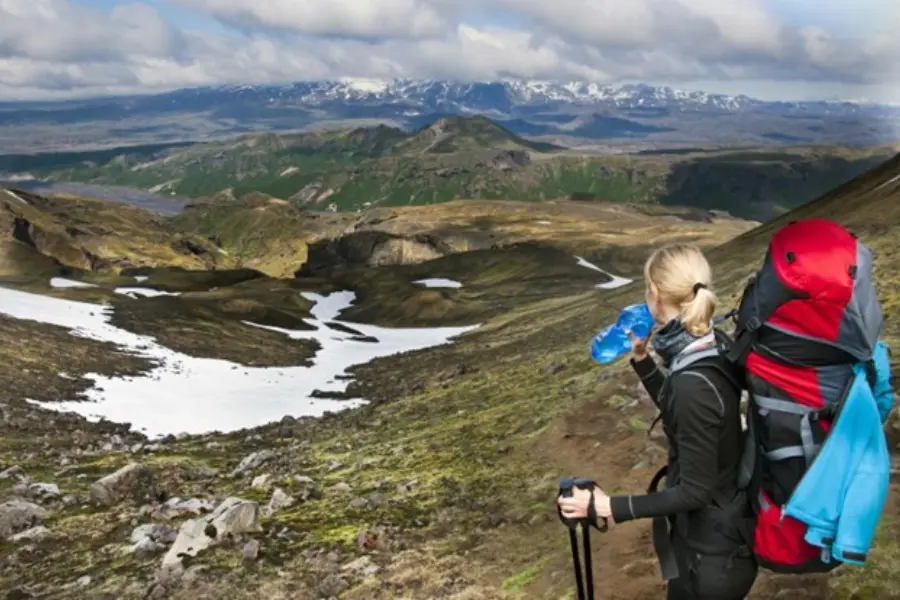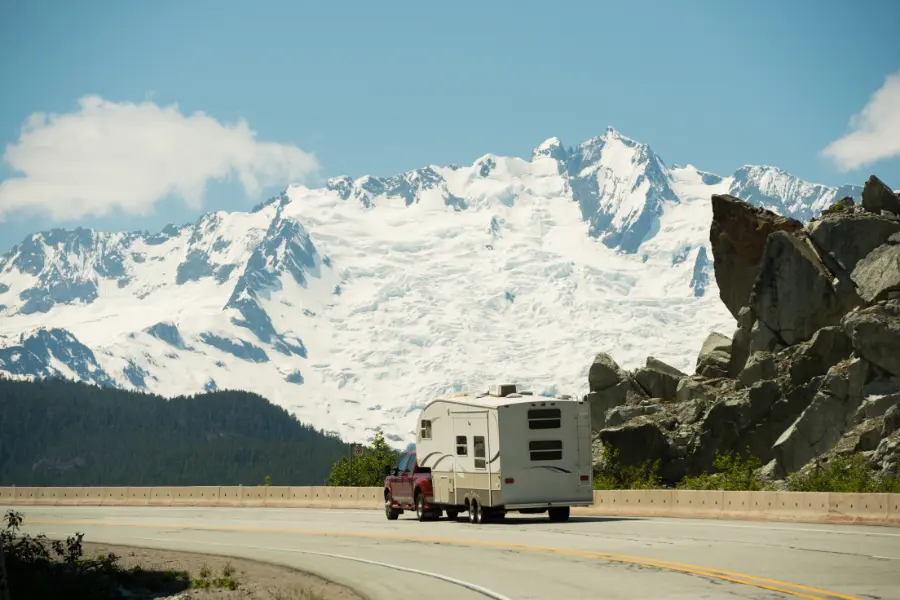Spending time in nature, according to the National Park Service, can make you smarter, stronger, healthier, happier, and more productive. This is why an increasing number of Americans go hiking.
It is a great way to reduce stress, embrace nature, and get a fun dose of exercise. But, if you go on the hike unprepared, you might not enjoy yourself.
Without the right hiking clothes, your experience could be terrible. But what are the right clothes for hiking, anyway?
Read on for tips on finding the proper hiking clothing for your next trip.
Evaluating Your Climate and Terrain
Evaluating your climate and terrain is essential to pick the right hiking clothing. If it is warm, consider wearing breathable fabrics that wick away sweat.
Such as quick-drying polyester or lightweight and comfortable synthetic materials. If the climate is cold, layering is essential.
Opt for lightweight, water-resistant outer layers such as a windbreaker, waterproof jacket, long underwear, and scrub pullovers. Be aware of the terrain you will be hiking in and tailor your chosen clothing accordingly.
For example, if it is predominantly rocky, wear long pants and closed toes shoes to protect your skin from scrapes. Consider the environment you’ll be in and adjust your clothing accordingly to ensure maximum comfort and safety.
Prioritizing Comfort and Mobility
Select lightweight clothing, such as synthetic and wool fabrics that won’t weigh you down. Avoid heavy denim and cotton fabrics, as these can cause discomfort and hinder mobility on hiking trails.
Invest in clothing that is both breathable and waterproof. Breathable fabrics help regulate your temperature, while waterproof materials protect you in inclement weather.
Look for products that have some stretch, too—this will allow for a maximum range of motion when reaching, bending, and squatting. Make sure your clothes have ample storage options.
Clothes must have deep pockets or a vest to carry the items you need easily. With the right gear, you can stay comfortable and mobile while you explore the great outdoors.
Selecting the Right Fabrics
Synthetics, wool, and lightweight cotton are great options for base layers. They wick away sweat and moisture, keeping you dry and comfortable.
Middle layers such as fleece, polyester, and down jackets contain air pockets within the fibers that provide insulation. It will keep you warm when hiking in winter.
You should also consider waterproof and water-resistant outer layers. This includes rain jackets, ponchos, and windbreakers.
You can also use lightweight materials in jackets and winter hiking pants to provide extra warmth and keep you dry. Light fabrics with a tighter weave provide extra ventilation and breathability when it’s hot, allowing your body to stay calm for a more enjoyable experience.
Finding the right hiking clothes can lead to an enjoyable outdoor excursion. Look for moisture-wicking, water-resistant, breathable fabrics for a safe and comfortable adventure.
Knowing When to Layer
If you are hiking in mountainous terrain, wear multiple layers or warm hiking gear to keep you warm. A moisture-wicking base layer, a mid-layer for insulation, and a layer for wind and water protection that’s also breathable.
For a summer hike, choose layers made of lightweight synthetics or merino wool that will keep you dry and cool. Make sure you layer properly.
The inner layer should be synthetic or wool to help keep you dry, while the outer layer should be wind and waterproof. Knowing when to layer is vital to regulate your body temperature and staying comfortable during your hike.
It’s also essential to make sure all layers fit properly. Too tight will cause stability issues, and too loose will interfere with your ability to move comfortably.
Packing Essential Accessories
Choosing the right hiking clothes is important when packing essential accessories for a day hike. When it comes to shoes, comfortable and supportive shoes provide traction.
Hiking boots are best for keeping your feet protected and preventing slips or trips. Also, make sure to pack a hat, sunglasses, and sunblock for protection from the sun’s rays.
Finally, don’t forget to bring water-resistant clothing, such as a raincoat or poncho. This will go a long way in helping to protect you against rain, wind, and snow.
Lastly, bring a first-aid kit in case of any minor medical situation while on the trail. Accidents and minor injuries can and do happen, so having a kit with band-aids, gauze, and antiseptic wipes can help.
Staying Visible on the Trail with Bright Colors
Bright colors are essential for visibility and ensuring other hikers know where you are. If you are going during the evening, pick colors that reflect light and have reflective material like vests or stripes on all-black clothing.
If you are going during the day, look for colors like yellow, orange, and red, which contrast with the natural terrain of the trail. Try to stay away from earth tones as they blend in too much.
Look for clothing that has added features such as reflective tape, fluorescent materials, and hi-viz colors. By staying visible on the trail with bright colors and reflective materials, you can keep yourself safe and enjoy your outdoor adventure to the fullest.
Choosing the Best Hiking Clothes
Wearing proper hiking clothes for your hike will ensure a comfortable and successful trip. With the right clothing, you’ll be prepared for any weather changes and can make the most of your adventure.
So, when deciding on the right clothing for your hike, make sure to consider breathability, the weather, and your level of movement. Start planning your next hiking trip today!
Do you want to learn more tips? Check out our blog for more helpful information!




